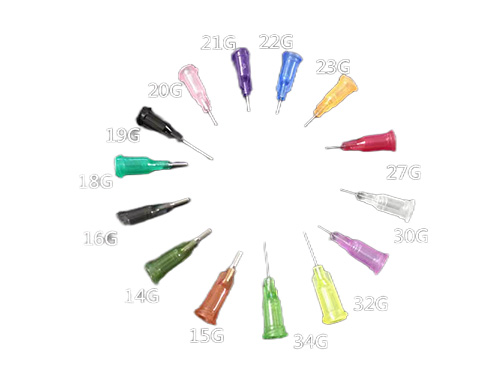The Evolution of Seed Planters: From Manual to Intelligent, a Quantum Leap in Efficiency
2025-04-04 09:34:56
Throughout the long journey of agricultural development, the sowing process has always been the critical starting point determining crop growth and harvest. From the earliest manual sowing methods to the widespread adoption of intelligent seed planters today, this field has undergone earth-shattering innovations, achieving a qualitative leap in efficiency.
I. The Era of Manual Sowing: Hardship and Limitations
Sowing Methods and Tools: For a significant period in agricultural history, manual sowing dominated. Farmers relied on simple tools such as hoes and shovels to scatter seeds row by row and hole by hole in the fields.
Efficiency and Precision Issues: This method not only consumed vast amounts of labor and time but also made sowing uniformity and accuracy entirely dependent on farmers' experience and physical strength. Prolonged bending labor exhausted farmers, and sowing efficiency was extremely low. The lack of precise control made it difficult to manage seed usage, leading to waste and failure to ensure optimal seeding depth and spacing for each seed, severely impacting crop emergence rates and growth consistency.
Constraints on Agricultural Development: During the manual sowing era, agricultural production faced numerous challenges in the sowing process, greatly limiting the scale and efficiency of agriculture.
II. The Rise of Mechanized Seed Planters: Initial Efficiency Gains
Technological Transformation and Principles: With the development of industrial technology, mechanized seed planters emerged as a major breakthrough. Powered by tractors or other equipment, these planters utilized mechanical transmission devices to drive components like seed meters, furrow openers, and soil coverers.
Efficiency Improvements: Compared to manual sowing, mechanized seed planters significantly boosted efficiency. They could complete large-area sowing tasks in a short time, with more uniform row spacing and depth, reducing human error.
Functional Optimizations: These planters could also adjust seeding rates to some extent based on crop requirements, improving seed distribution.
Existing Limitations: While efficiency improved, these planters had limitations in intelligence and precision control, unable to fully meet modern agriculture's demands for precision production.
III. Intelligent Seed Planters: Leading a New Era of Efficiency
Technology Integration and Advantages: In recent years, with rapid advancements in information technology, sensor technology, and automation control, intelligent seed planters have emerged as agricultural stars. Equipped with advanced sensor systems, they monitor soil parameters (moisture, temperature, texture) and seeding details (depth, rate, row spacing) in real time.
Precision Adjustment of Sowing Parameters: Based on this data, automated control systems enable precise adjustments to ensure each seed is planted in optimal conditions. For example, they adjust seeding rates according to soil fertility—reducing rates in fertile areas and increasing them in poor regions—to achieve precision planting, enhancing seed utilization and crop yields.
Auto-Navigation Capabilities: Intelligent planters also feature auto-navigation, following preset paths to avoid overlaps or gaps, further improving efficiency and quality.
Data Connectivity and Decision Support: Some models connect to agricultural management platforms for real-time data upload and analysis, providing farmers with scientific decision-making support.
IV. Profound Impacts of Innovation
Efficiency Boost: The evolution from manual to intelligent planters has profoundly impacted agriculture. Intelligent planters drastically increase efficiency, enabling timely large-scale sowing and maximizing crop growth time.
Precision Enhancement: Their precision ensures optimal seed distribution and growth environments, improving emergence rates and consistency, laying a strong foundation for subsequent field management and harvests.
Driving Scale and Modernization: This innovation promotes agricultural scale and modernization. Large farms benefit from efficient, precise sowing, reducing costs and boosting profits.
Technological Innovation and Sustainability: Intelligent planters also drive agricultural technology innovation, attracting more tech investment into agriculture and injecting new vitality into sustainable development.
V. conclusion
The journey of seed planter innovation reflects agricultural technological progress. From the hardships of manual sowing to the efficiency of mechanized planters, and now to the precision of intelligent systems, each transformation has opened new opportunities for agriculture. As technology evolves, intelligent seed planters will play an increasingly vital role in future agriculture, supporting higher-quality and sustainable development. Farmers should embrace this technological revolution, leverage intelligent planters, and jointly advance agricultural modernization to new heights.

It adopts electrical integration and can be started by pressing the fully automatic button ...

The XP750 seeder has stable performance, excellent product quality, simple and convenient o...

It adopts electrical integration and can be started by pressing the fully automatic button ...

Needle list Seed nozzle model Different models Sowing types are different...



